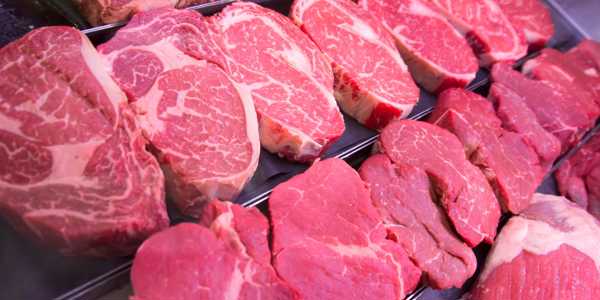
Products of Animal Origin
Products of Animal Origin (POAO) are goods derived from animals, and inc…
Read more about Products of Animal OriginComposite Product: a foodstuff intended for human consumption that contains both processed products of animal origin and products of plant origin and includes those where the processing of primary product is an integral part of the production of the final product.
Legal definition: Article 2 of Commission Decision 2007/275/EC-
A composite product is a food for human consumption containing processed animal products combined with plant material.
The product will not be referred to as a composite product if it:
There are some situations where a processed animal product combined with plant material would not be considered a composite product:
In the following examples the products would be considered processed products of animal origin rather than composite products:
In general, any foodstuff containing product of animal origin requires official border controls, unless the composite product meets all of the below criteria.
Products exempt from veterinary checks must meet all the following criteria:
Additionally, composite products on the Annex II of Decision 2007/275/EC clicking here are also exempt, provided that the final composite products is treated as provided in Article 6(1)(a) of Decision 2007/275/EC.-“The composite product is shelf stable at ambient temperature or if refrigerated the final composite product has clearly undergone during its manufacture a complete cooking or heat treatment process throughout its substance, so that any raw product is denatured.”
Summary – to be outside official border controls: Article 6.1 (a) & Article 6.2 of Decision 2007/275/EC
Please see the additional documents section where you will find the decision tree which will help you to determine if your Composite Product is exempt of official border controls .
Other additional controls -
All animal origin content must come from a country with an approved residue control plan. The enforcement will be completed at the border under general food hygiene legislation (OVS/2017/08)
If your consignment is detained by Port Health Authority you will need to submit further information (usually by email).
Basic information needed for all detained consignments:
Where it is not clear that the goods are subject or exempt from official border controls, further information will be required:
The above information should come from the exporter clearly identifying the consignment concerned, or from the manufacturer dated less than 6 months from the date of dispatch.
If you are importing a composite product which is subject to Official border controls the following requirements must be met:
Health Certificate
A health certificate is required if the composite product contains any of the following:
If the product contains 50% or more of any other animal product e.g. gelatine, honey, collagen, then the Export Health Certificate that applies to the processed product is required. Processed animal product content not mentioned above does not have to be certified (although it can be) but must still meet the general requirements to come from an approved establishment in an approved third country with an approved residue control plan for the product concerned.
General principles:
And
Where the composite products health certificate is required, for each section of the certificate that must be completed there are restrictions on the origin of the animal product ingredients used, as follows:
The animal product ingredient must come from the same country that manufactured the composite product if it is approved to produce such animal products or to be from GB or from countries with same health status for meat or dairy than the country producer of the composite product.
“Similar high health status” means:
Meat product content:
HERE for non-EU country
HERE for EU and EFTA countries
Dairy product content:
HERE for non-EU country
HERE for EU and EFTA countries
Country of origin.
The country where the composite product is manufactured must be on the third country list for each POAO section of the certificate that has to be completed.

Products of Animal Origin (POAO) are goods derived from animals, and inc…
Read more about Products of Animal Origin